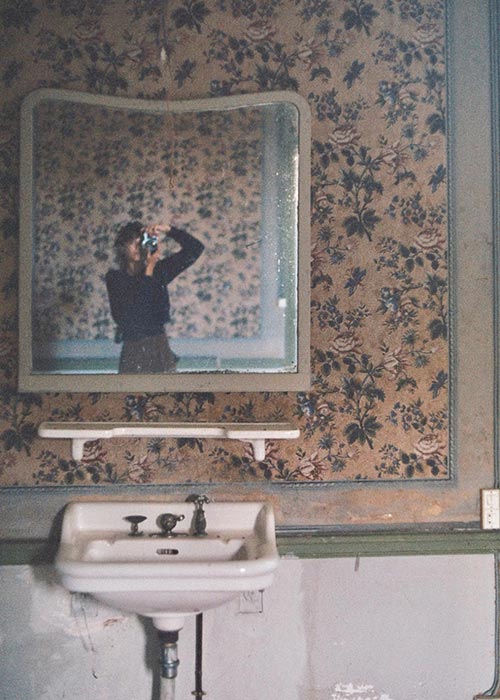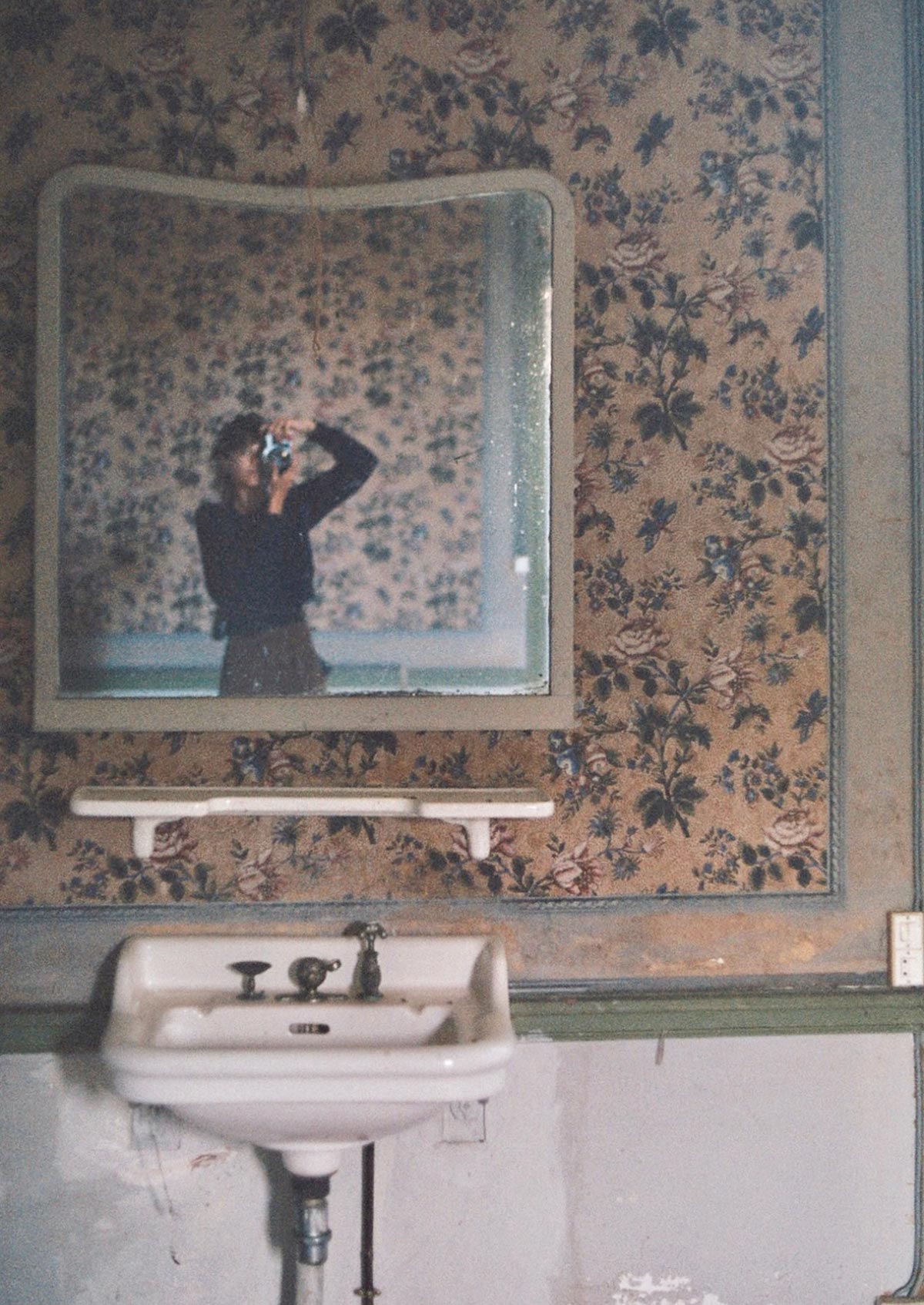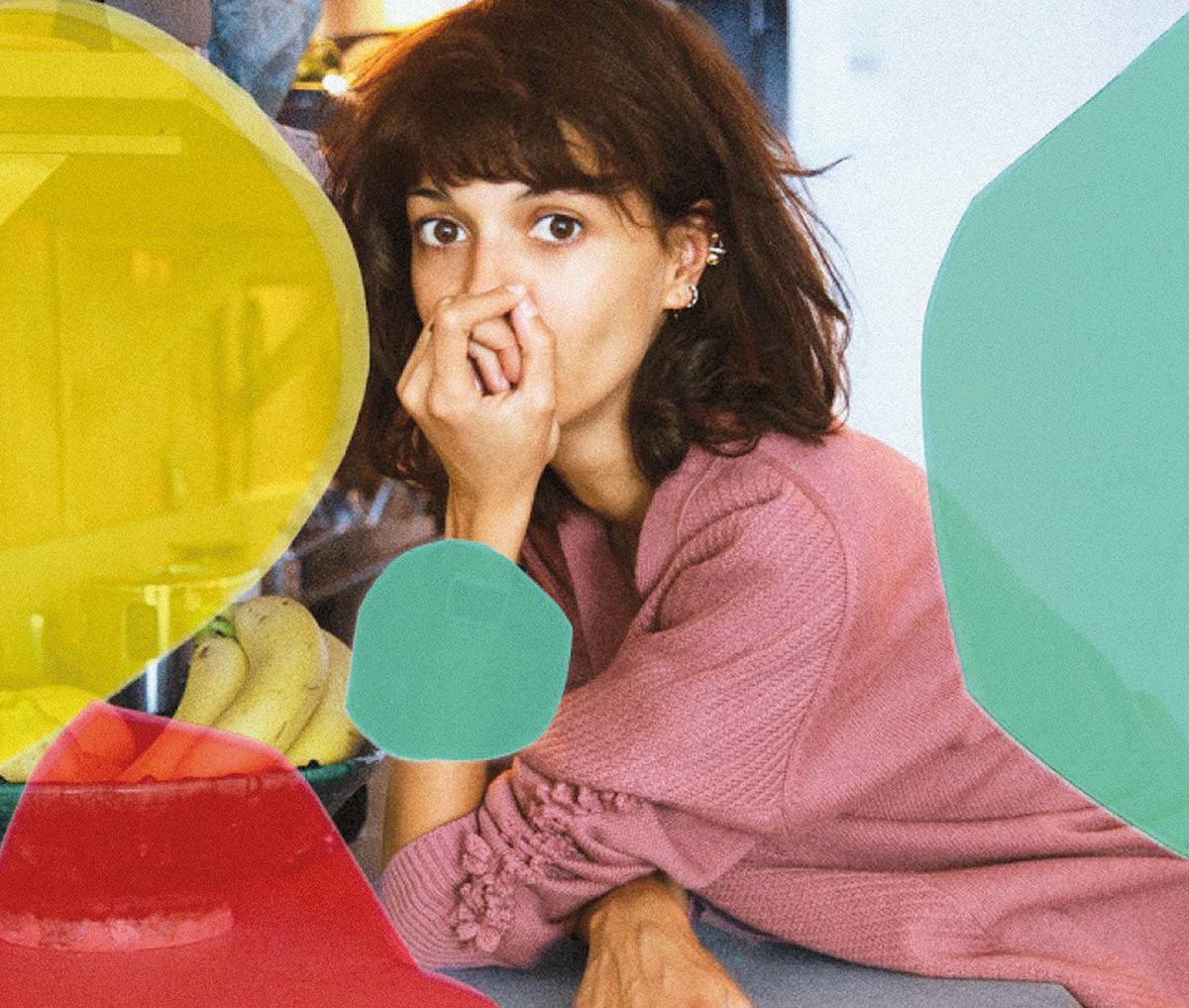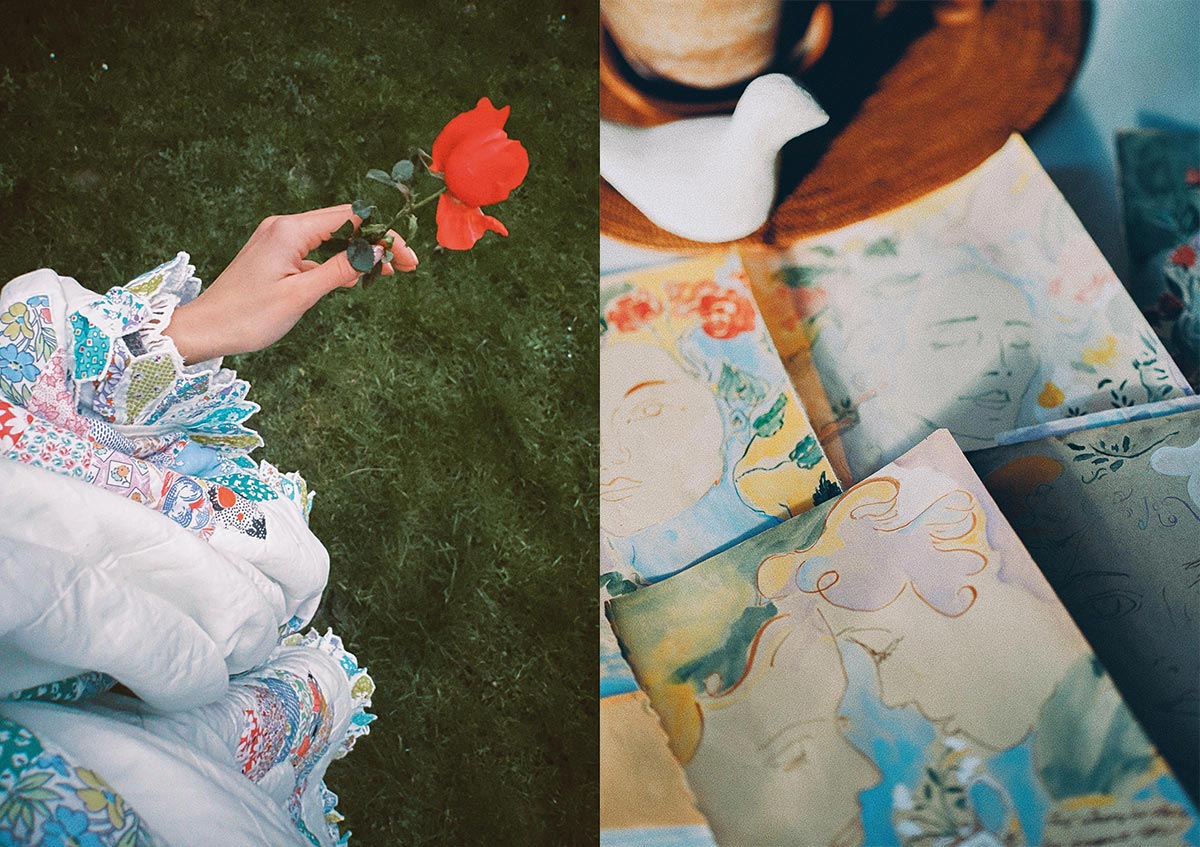Nina Koltchitskaia

WORDS & INTERVIEW. ABEL TELLO. PHOTOGRAPHY BY NINA KOLTCHITSKAIA.
With the passion of one who embarks on an ideal as a vital motor and with creative romantic genius as a background, we meet the artist Nina Koltchitskaia, a painter and photographer who has been residing in Paris for a few years. Her work exudes feelings that result from a spontaneous and imperfect aesthetic but which nonetheless presents a degree of sophistication due to deliberate accidentality. She feels comfortable mixing different registers and thus complements paintings and photographs, creating her universe imbued with romanticism and deep sensations.

Her photographs are taken using an analogue camera. Like a mysterious watermelon waiting to be opened, the grain, the dust and the accidental nature of the process give her photographs a unique character that she doesn’t hesitate to complement with other elements and media that give meaning to her work. As in painting, which had always somehow been there, it wouldn’t be until a few years later that she dared to show her work: delicate compositions in the form of faces and floral still lives. The strokes, the colours and the composition creating a revitalizing halo of sensations that exude an unmistakable romantic air
Your work is mainly composed of photographs and paintings. How is it that you started working with them?
Living and working in the world of art was imprinted in me as an obvious path. My parents both painted, and my grandfather always brought his camera along with him on all his travels (a camera I now use!). I always used to see this as the symbol of immense freedom. My family always encouraged me. They always told me that cultivating my dreams and my inner world was necessary and vital and would be my greatest force. They always believed in my ideas. It was always very helpful.

Also, ever since I was a child, I had to travel without ever really settling down for more than 3 years in any one country, and it pushed me into photography. I was always afraid of forgetting. And I was always missing someone, or a place or a moment because of having to move. So photography helped me to keep all that I love with me forever. A camera to record and capture others’ feelings and mix them with my own, while expressing my own private world as well. Using only film cameras for my projects is very important: it’s the eternal subject of timelessness that is so important to me.
Grain and dust from the film tells an additional story in each photograph. The process of surprise and mystery makes each photo more unique. My passion for painting was always there as well, but it was more hidden, more private, and I never showed my works until 10 years ago, with a few shy drawings during group shows at first. Then sometime later my husband encouraged me to hold my first solo show, and it was a revelation. I understood that I needed to tell my dreams, my feelings and my inner-most, deepest journeys in colour through paintings.
So here again, on paper or canvas or walls (yes, I do wall frescos now!), I seek to express the same mixture of proximity and distance: between the feelings of others and my own, very private emotions and dreams. Accuracy and inaccuracy are everywhere. I’m not looking for proper technique. I just feel. As the ideas and dreams come to me, I put them on canvas, without ignoring the imperfections of each individual living being or of every idea or emotion that I feel, and I add colours to characterize the freedom of feeling, of imagination. As a journey into a musical, colourful world of very intimate dreams that become real when painted.

Do you think they are complementary, or is there some other register with which you feel more comfortable?
I feel the need to always be intuitive in my artistic expression. And when I’m not, nothing works. So I just take the time to listen and comprehend exactly what I feel and what I need to express and the tool I need to express it with, and then just do it —without calculation.
So if for a certain period of time I’ve needed to express myself through photography and then something leads me to needing to paint more, then I just listen to this need and do it. Everything seems complementary, yes, not only the technical registers of creative expression but also everything that makes me who I am: my family, encounters, the countries I’ve lived in, the things I’ve had the chance to study (literature, philosophy and then photography school), etc.
Regarding painting, I like to think that I didn’t find my language, rather it found me. Every new painting process or technique finds me in a harmonious, organic way. It’s more like a love story between what I paint and what I feel. I transform my realities. I isolate and observe them: I listen to dreams and to light; I listen to colours. That’s my language. I surround myself with music that makes me travel, and I try to transpose on paper the immediacy of the feelings that go through me.

You use elements such as old poetry book pages or colourful gelatines in your work. Is the use of these materials essential for your creations, or are they only supporting elements?
Whatever embodies my images, either photographic or painted, is essential. It represents a crucial part of my whole creative research and is much more than just a support. In my poetry book series, I am very careful about choosing the old books that I take the paper from. I want to paint new emerging faces and feelings on paper that has already lived and has already been loved. Paper that has travelled and has had more than one story to tell. This union of the immediate and the old is very important to me. It gives me the feeling of modifying time trajectories. It reassures me. Like a time capsule where the old and the new combine to become something timeless, something that can speak forever. Speaking of time capsules, I call the colour gelatines I use in my photo collages “left-handed colour capsules”.
I cut them out with my left hand (the hand of the heart and of uncontrolled emotions) so that the shapes are shaky and only influenced by the heart. I see them like “colour capsules” that add new visions to the images I capture: they are like spaceships into new dimensions: coloured ones. In every photo I take, I try to capture the soul of what I see: a person, a landscape, a light, a moment. And putting the colour capsules on the photo is for me like a kaleidoscopic tool to better see the captured soul, with eyes that are more wide open and more connected to the heart of the spectator.
I always need to mix things together. I need to use different techniques and different materials of expression, and I like to put them all together to expand the languages, to feel more deeply. Words are landscapes, colours are songs and textures, and volumes are perfumed dances.

Of all your references, which one would we never discover?
When growing up, on every trip we took, I would always seek the magic light and music that nature had to offer. But maybe this might seem quite obvious. Well, among my most important references: I love to dive into Jean Giono’s words to feed my soul and into Henri Michaux’s texts for twinkling ways to describe everything and assemble worlds to create poetry.
Here’s a short story: as a child, I was convinced that I had the superpower of being able to speak the same language as the wind and that I could tell it to slow down to a breeze or speed up into a tornado. Since then, I’ve been very fond of meteorological books and studies. There is so much magic in it! There is an artist whom I admire immensely, Bernard Moninot, who invented a machine to study the “memory of the wind”, which captures the movements of the air and reveals the writing of the wind. It’s fascinating.

